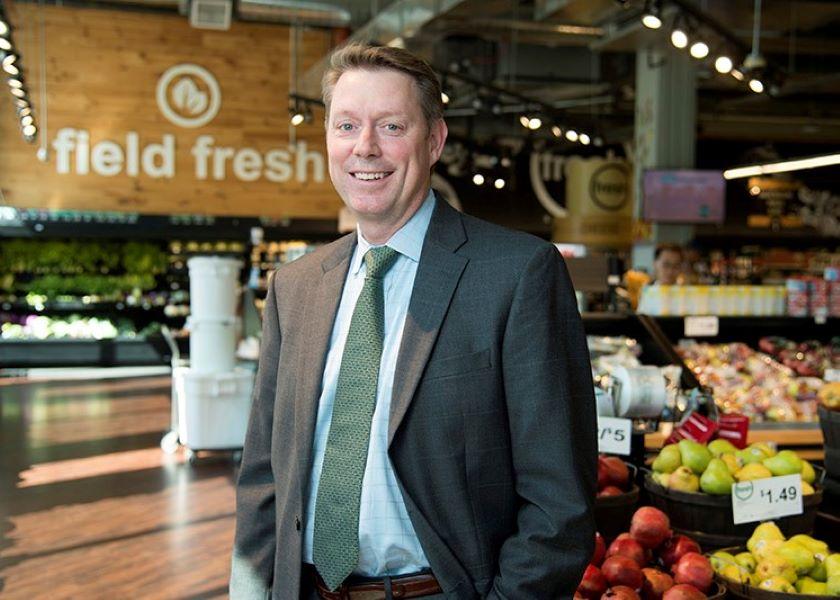Do Consumers and Nutrition Experts Think Alike When it Comes to Healthy Foods?

The average consumer seems to think about nutrition in a way that’s similar to experts, according to the Consumer Food Insights Report.
The survey-based report out of Purdue University’s Center for Food Demand Analysis and Sustainability assesses food spending, consumer satisfaction and values, support of agricultural and food policies, and trust in information sources.
This month’s report highlights nutrition, which shows specific dietary changes that people think would most improve overall health and compares these results to another academic survey that posed the same set of questions to research experts.
“Given that people are often exposed to conflicting messages about nutrition, these results seem encouraging,” said Jayson Lusk, head and Distinguished Professor of Agricultural Economics at Purdue, who leads the center. “For example, one week, news might break that a certain food will extend your life, then the next week, you’ll hear that it will shorten your life.”
However, it appears that most people tend to understate both the good and the bad.
“Most Americans eating more fruits and vegetables is almost certainly a good thing, but over 30% of respondents were unwilling to choose this answer. Similarly, most Americans eating more sugar would be a bad thing, but over 40% of respondents did not recognize this fact,” Lusk said.
Purdue experts conducted and evaluated the survey, which included 1,200 consumers across the U.S.
Additional key results include:
• Consumer perceptions of current food inflation track closely with gas prices.
• The report’s measure of national food insecurity is at its lowest point of 2022 so far.
• Households with young children and single parents face the highest food insecurity rates.
• Consumers expect to pay higher prices for Thanksgiving turkey compared to 2021.
• Americans largely think eating more fruits and vegetables, more proteins, and more home-cooked items would improve the health and life expectancy of the U.S. population.
This month’s report also suggests that consumers are reducing their discretionary food spending as prices continue to increase.
“The decline in food away from home spending, coupled with steady food at home spending, is a logical set of behaviors for consumers who are having to figure out how to balance their budgets,” Lusk said. “And still, we don’t see signs of extreme hardship, as indicated by an encouraging food insecurity rate.”
Lusk found the link between consumer estimates of food inflation compared against gas prices from January to September 2022 (Figure 9) to be especially compelling.
“I noticed that gas prices and our food inflation expectations measure ticked up this month after both declining for several months,” he said. This reinforces the conventional wisdom that consumers often use gas prices as one of the strongest measures to determine how they feel about the economy.
Across several topics, the researchers found that issues such as environmental and social sustainability are more important to consumers with children.
“I don’t have a great explanation for this phenomenon,” said Sam Polzin, a food and agricultural survey scientist for the center and the report’s co-author. Although declining to speculate, he noted that having kids at home is a unique stage in life.
“This is one more way in which parents are set apart,” Polzin said.
He further noted that the section on food security (Figures 13-15) underscores which households are most at risk should the nation face new economic shocks. This month’s report shows that single parents are most likely to be food insecure (32%) and to take part in the Supplemental Nutrition Assistance Program (SNAP) (31%). Those rates are over double that of households without children.
“The vulnerability of single parents is well-established,” Polzin said.
Lusk further discusses the report in his blog.
Read More:
Dear NY Times: Here’s Your Sign
Why You Should Prioritize People
A Full-Circle Experience: How Pork Leadership Institute Changed a Life









